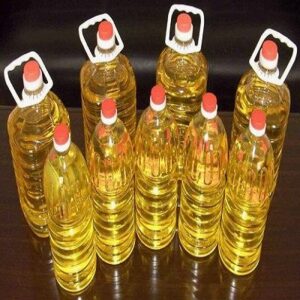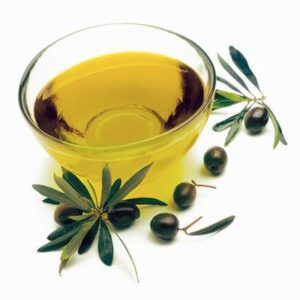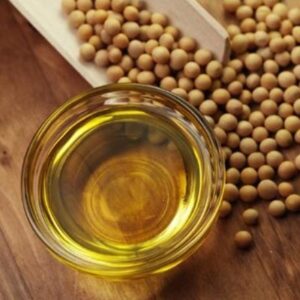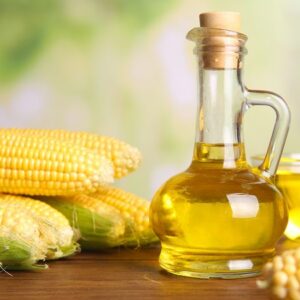Description
Palm oil
Palm oil is an edible vegetable oil extracted from the flesh (mesocarp) of the fruit of the oil palm tree (Elaeis guineensis). It is different from palm kernel oil, which comes from the inner seed (kernel). Palm oil is naturally reddish-orange (rich in carotenoids like beta-carotene).
Culinary Uses
- Cooking & frying (very stable at high heat).
- Widely used in processed foods: margarine, baked goods, instant noodles, snacks, ice cream, chocolate.
- Non-dairy creamers and spreads.
- Blended oils (with soybean or sunflower oils for cost/stability).
Nutrition & Health
- Fat composition:
- ~50% saturated fat (mainly palmitic acid).
- ~40% unsaturated fat (oleic acid, linoleic acid).
- Rich in Vitamin E tocotrienols (antioxidants).
- Red palm oil (unrefined) contains high levels of beta-carotene (pro-vitamin A).
Health Notes:
- Provides quick energy and supports Vitamin A intake (in red palm oil).
- Overconsumption of refined palm oil (common in processed foods) may increase risk of heart disease due to high saturated fat.
- Needs to be balanced with other healthier oils (like olive or canola).
Industrial & Non-Food Uses
- Cosmetics & personal care: soaps, shampoos, lotions, lipstick.
- Household products: detergents, candles.
- Biofuel production: palm biodiesel.
Fun Facts
- Palm oil is the most widely used vegetable oil in the world.
- Top producers: Indonesia & Malaysia (together >80% of global supply).
- Oil palms are extremely high-yielding: they produce much more oil per hectare than soybean or sunflower.
- Environmental concern: large-scale production has been linked to deforestation, habitat loss (orangutans, tigers), and greenhouse gas emissions.
Specifications:
Butyro-refractometer reading at or refractive index at 40.c:43. 7-52.5; 40.c:1.4550-1.4610
Saponification value: 195-205
Iodine value: 54.62
Unsaponification matter: max 1.2%
Acid value: max 0.5
FFA as Oleic acid (max):0.25%
Peroxide value (max) expressed as milli-equivalents of 02 per kg: 10.0







Reviews
There are no reviews yet.